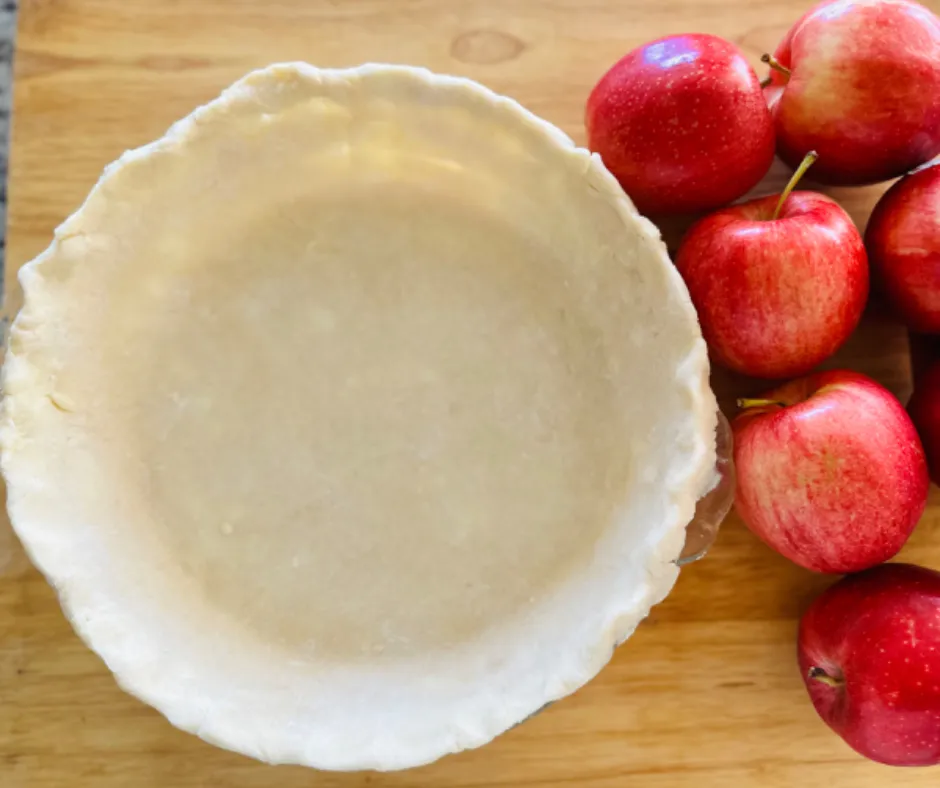10 Tips for the Perfect Pie Crust 🥧
Master the Art of the Perfect Pie Crust

1. Start with Well-Chilled Butter or Fat:
Use cold butter, shortening, lard, or suet. Cut them into small pieces for a flakier crust. Keeping the fat cold prevents overworking it into the dough.
2. Maintain Some Fat Chunks:
Leave a few larger pieces of fat in the dough for flakiness. These create steam pockets as they heat up, adding to the crust's flaky texture.
3. Use Minimal Water:
Add the least amount of water or liquid as the recipe allows. Water can develop gluten, so use enough to hold the dough together without overmixing.
4. Shape a Disk:
Before chilling or rolling the dough, shape it into a smooth, 1-inch thick disk. This makes rolling it out easier and prevents cracking.
5. Chill the Dough:
Refrigerate the dough for at least 30 minutes (up to 2 days). In hot weather, freeze it for 10 minutes before rolling.
6. Roll and Turn:
Roll the dough on a floured surface, turning it a quarter after each roll to prevent sticking. Add flour underneath if needed.
7. Roll Away from Yourself:
Roll the dough away from you, starting from the center, with even pressure to maintain an even thickness.
8. Let Dough Fall into the Pan:
When lining the pie plate, gently let the dough drape into the pan's creases rather than forcing it. Stretched dough may retract during baking.
9. Chill the Lined Pan:
Refrigerate the lined pie pan (and any top crust) before baking to maintain the pie's shape and size.
10. Bake Until Brown:
Bake the pie until the crust turns fully brown, not just golden, to achieve the desired tenderness and flakiness.
